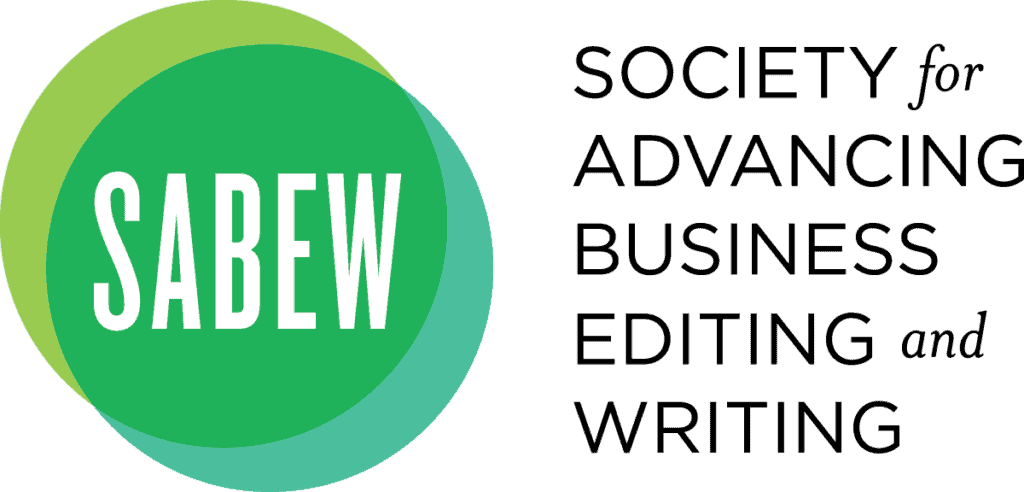By Sailor Betts
There’s an app for that. When it comes to managing money, the options for apps can seem endless. But are financial apps a secure way for students to manage their money?
Adam Levin, a cybersecurity expert and host of the “What the Hack with Adam Levin” podcast, said it “depends” on whether users take proper precautions.
Levin was the co-founder of credit.com and a former director in the New Jersey Division of Consumer Affairs. He wrote the book “Swiped,” with his podcast co-host Beau Friedlander.
In an in-person interview, Levin said those using or interested in money management apps should consider a framework outlined in his book. He refers to it as “the three Ms.”
1. Minimize risk of exposure
Levin said the first step in minimizing risk is to establish long and strong passwords and to use a password manager. He said the second step is to enable multifactor authentication. He said the third step is to be very careful when clicking on links or opening attachments.
“If you don’t want remorse, go to the source, which is go directly to an independently verified site,” he said. “Just like with an app, it may sound really cool and may be the newest, brightest, sharpest thing that’s out there, those shiny objects. But it may not be real.”
So, how can those “shiny objects” be distinguished from secure apps?
“Do your research, read reviews and pay particular attention to negative reviews,” Levin said.
Brooke Green, a sophomore accounting major at the University of Georgia who serves as vice president of finance at UGA’s Sigma Delta Tau Sorority, said she understands the importance of background research.
“Don’t put all your eggs in one basket,” Green said in an email interview. “Don’t give one app access to all your savings in case something happens to the app, or someone hacks your accounts. Talk to others who have used the app to make sure it’s worth your while.”
2. Monitor information
Levin said it is good practice for consumers to continually monitor their information by checking bank accounts and other online websites where personal data is stored.
“If you’re going to use apps and do all that stuff, then you need to cover yourself on the back end,” Levin said. He offered several ways for users to practice “personal data hygiene.”
First, he suggested the use of “sophisticated credit and identity monitoring programs” available to consumers. He said some include “Me, Not Me” notifications. Levin said this “means anytime someone attempts to do anything with your data, especially your sensitive personal information, you’re notified.”
3. Manage the damage
Levin said consumers also need to have resources available to “manage the damage” should their personal information become compromised. He said most people don’t realize they can arrange for those resources through their insurance companies with either their homeowner, renters or auto policies.
He said many financial institutions, including credit unions and banks, provide consumers with tools to manage security breaches. He also suggested people contact their human resources departments where they work to learn about programs provided by their employers.
“There are now programs available as part of either customer appreciation programs, customer opportunity programs or employee benefit programs,” Levin said.
As a student, Green said she is optimistic about the potential for successful money management using apps.
“Apps are a great way for you to manage your money, especially if you don’t have much experience with investing websites or platforms like excel,” Green said. “They can also give you access to personal finance professionals that can help you invest and save your money.”
Sailor Betts is a journalism student at the University of Georgia

